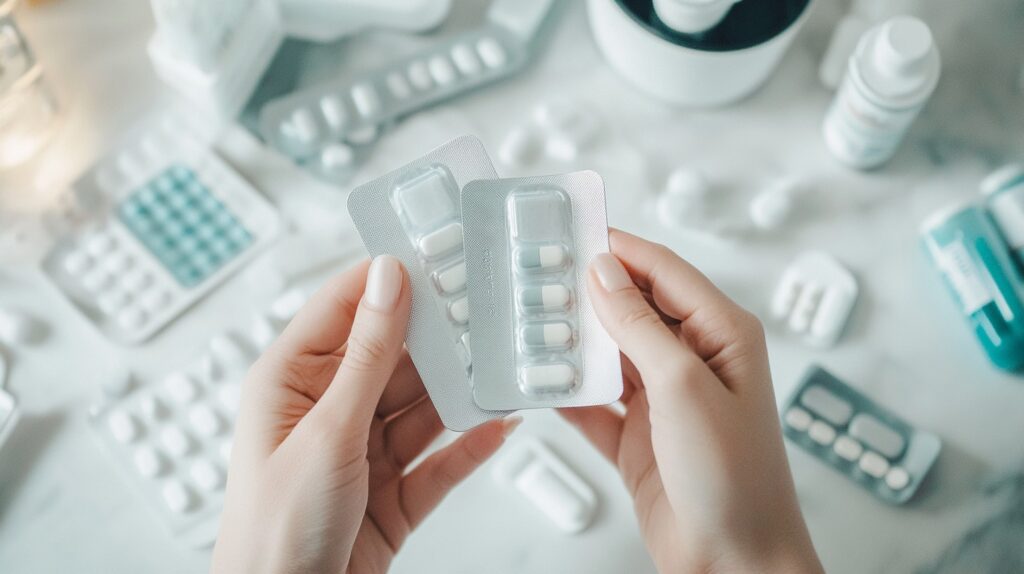
Youth Mental Health Academy: A Lifeline for Teens
Youth Mental Health Academy: A Lifeline for the Next Generation Youth Mental Health Academy, The world moves fast—too fast, sometimes. For today’s youth, the pressure to keep up feels heavier than ever. Between social media comparisons, academic stress, and an uncertain future, it’s no surprise that 1 in 5 teens in the U.S. struggles with mental health challenges. But what if there was a place where young people could learn not just to survive, but to thrive? Enter the Youth Mental Health Academy (YMHA)—a groundbreaking approach that’s part education, part support system, and entirely transformative. Why Traditional Systems Are Failing Our Kids Let’s be honest: most schools aren’t equipped to handle the mental health crisis. Overworked counselors, outdated resources, and stigma leave teens feeling isolated. Meanwhile, therapy waitlists stretch for months, and many families can’t afford care. The YMHA flips the script. Instead of waiting for kids to reach a breaking point, it teaches resilience, emotional skills, and self-advocacy proactively—like a “mental health gym” for young minds. What Makes the YMHA Different? Peer-to-Peer Support Teens mentor each other in safe, moderated groups. (Because sometimes, the best advice comes from someone who gets it.) Real-World Skills Courses on managing anxiety, navigating social media, and building healthy relationships—no textbook jargon, just actionable tools. 24/7 Crisis Prevention A confidential app with instant access to trained (but relatable) coaches—no judgment, just help. Family Involvement Workshops for parents who want to support their kids but don’t know how to start the conversation. The Ripple Effect Early pilot programs show staggering results: 68% fewer ER visits for anxiety attacks, improved school attendance, and—most importantly—teens reporting they finally feel heard. “I used to think I was just ‘dramatic.’ Now I know my feelings matter.” —Jaden, 16, YMHA participant How You Can Help Advocate: Push for mental health education in schools. Donate: Fund scholarships for teens who can’t afford programs. Listen: Sometimes, the bravest thing a young person can say is, “I’m not okay.” The Bottom Line The Youth Mental Health Academy isn’t just fixing a broken system—it’s building a new one. Because every kid deserves to grow up knowing their mind is just as important as their body. What’s next? If this resonates with you, share it. Talk about it. Mental health can’t wait. Dive deeper into Mental Health Colors : Meanings & Importance









